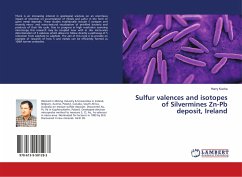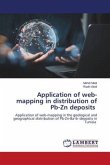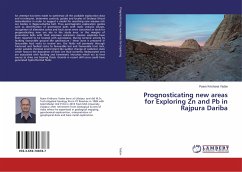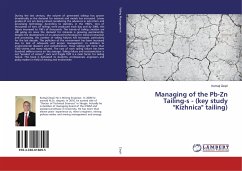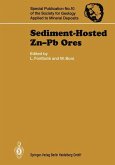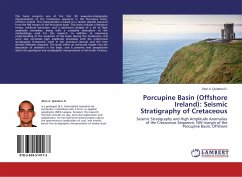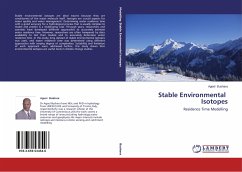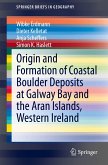There is an increasing interest in geological sciences on an enormous impact of microbes on accumulation of metals and sulfur in the form of giant metal deposits. These studies traditionally include S isotopes and recently micro- and nano-textural visualization of petrified bacteria and products of their life cycle. Due to progress in high resolution scanning microscopy this research may be coupled now with in situ micro-area determination of S valences which allows to follow directly a pathways of S reduction from sulphate to sulphide. The aim of this note is to provide an example of research of how S and metals can be efficiently formed as 100M tonnes orebodies.
Bitte wählen Sie Ihr Anliegen aus.
Rechnungen
Retourenschein anfordern
Bestellstatus
Storno

